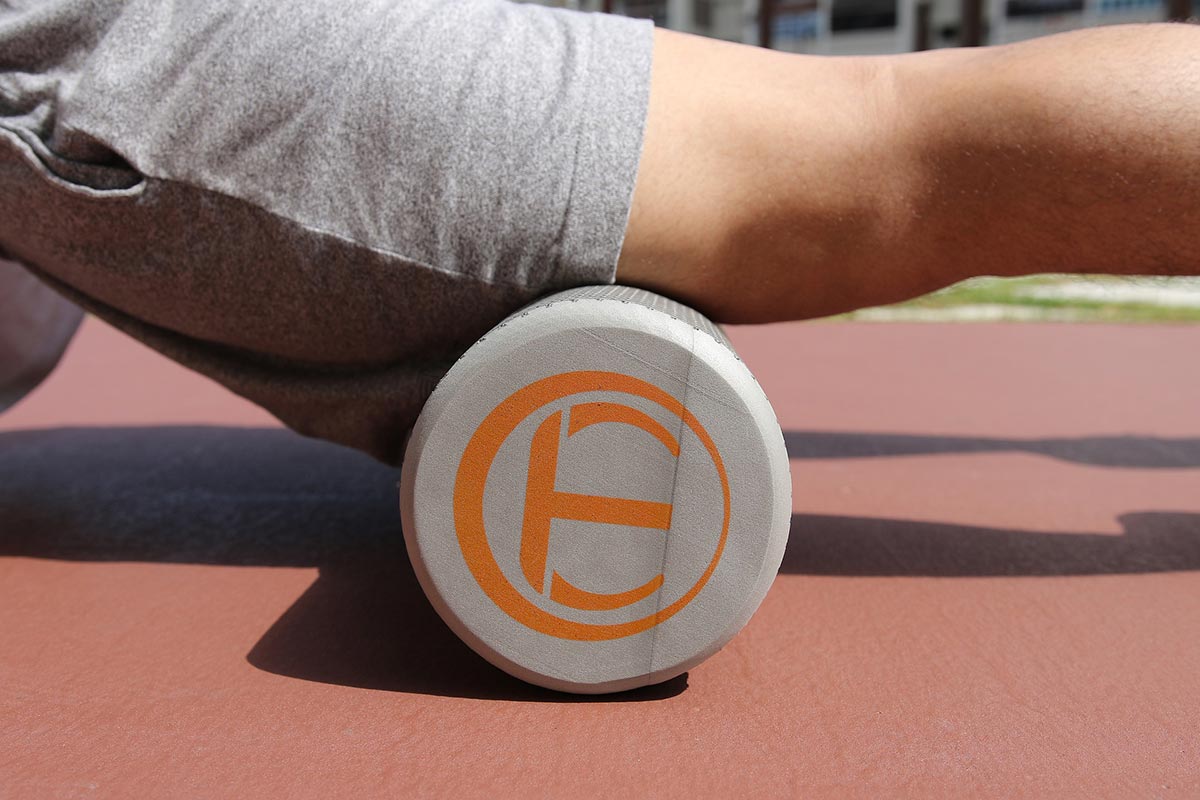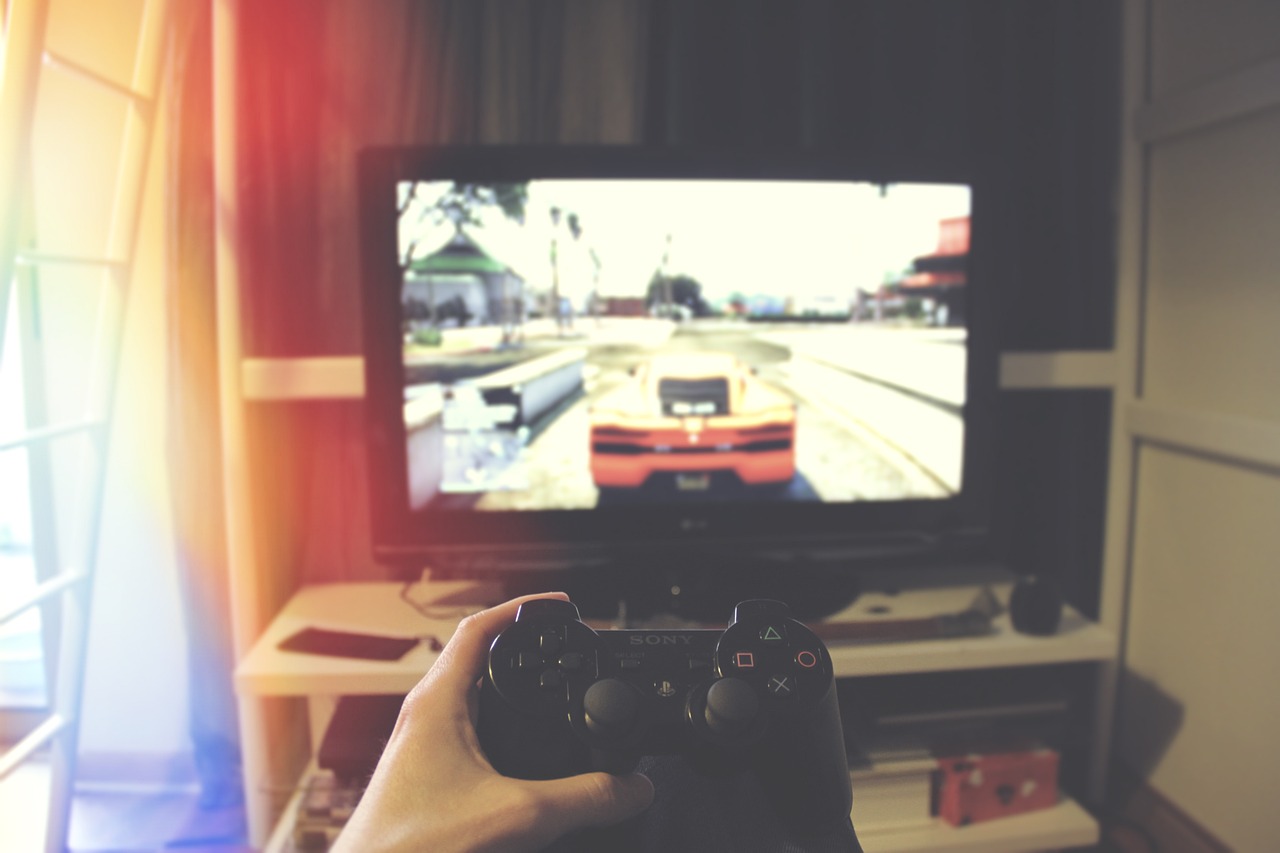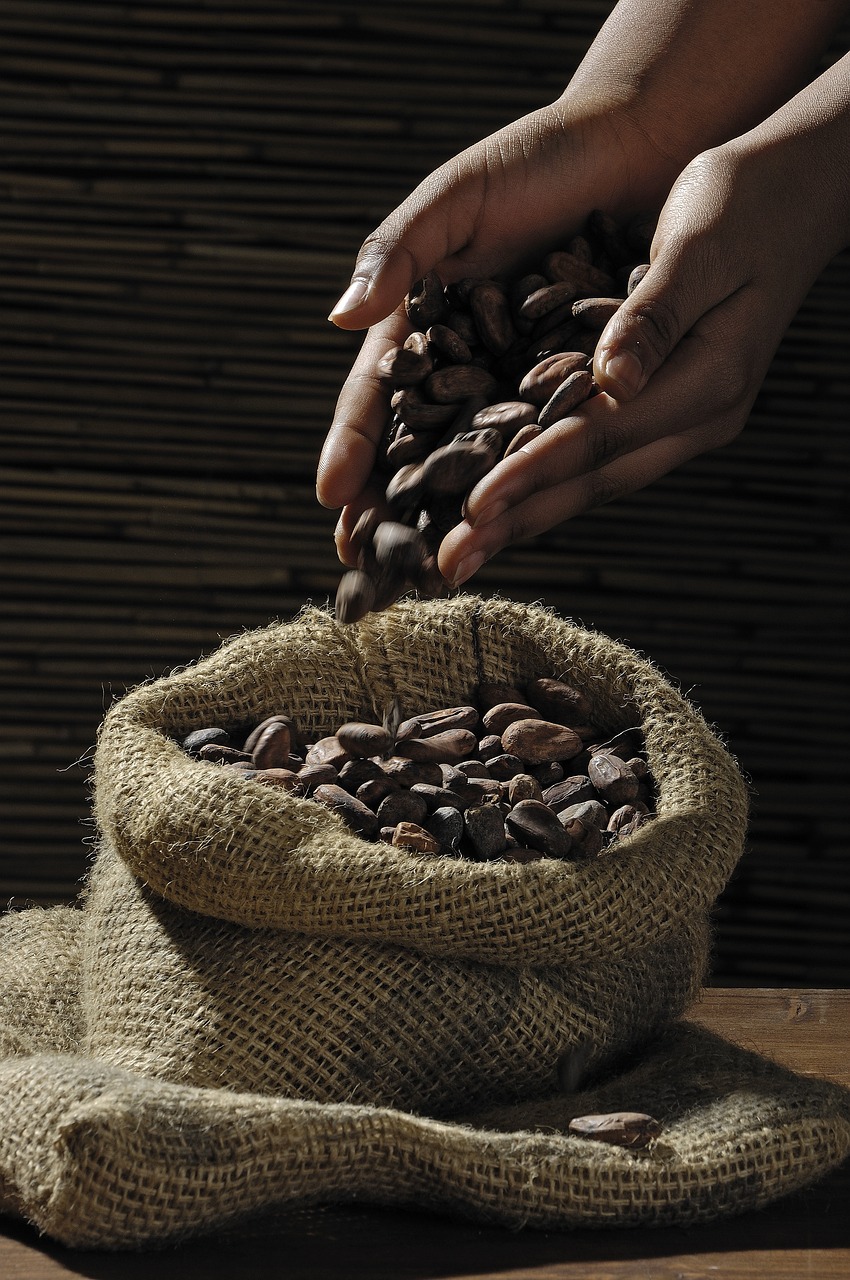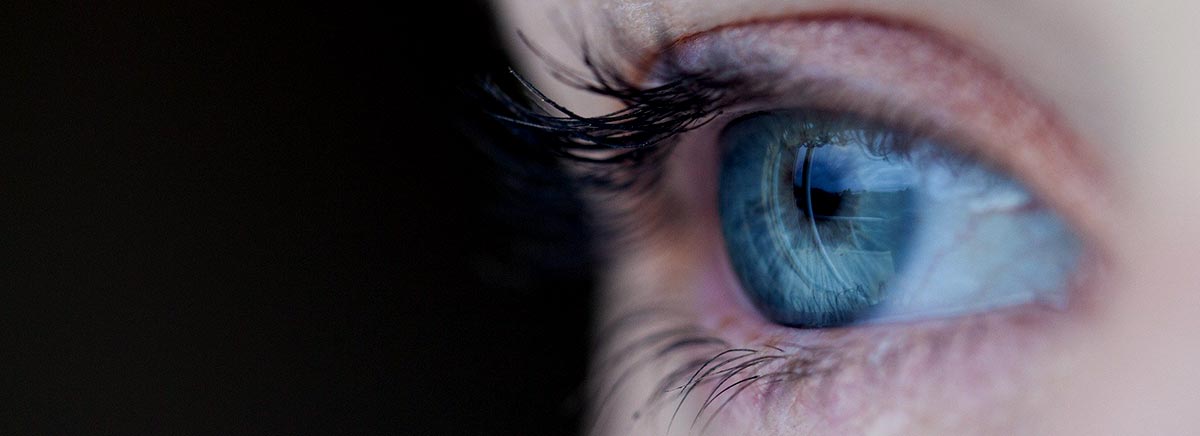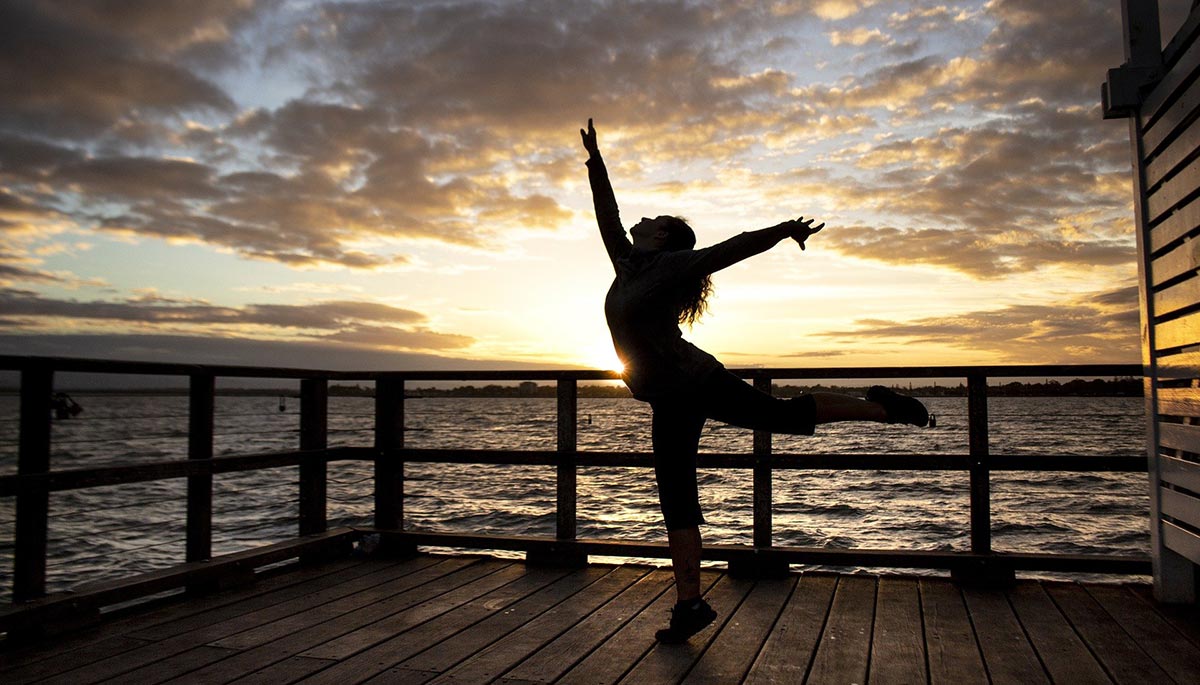Overuse injuries are another common culprit. Repetitive stresses from activities like running, jumping, or prolonged sitting can irritate the knee joint. Sudden impacts, as seen in sports involving quick changes in direction, can also increase the risk of injury.
Other factors such as age, excess weight, injuries, and conditions like arthritis can contribute to knee pain. The aging process naturally wears down the joints, while excess weight puts added stress on the knees. Injuries, especially to the meniscus or ligaments, can lead to long-term issues.
In summary, knee pain is often the result of a combination of factors. Understanding these underlying causes is essential for developing an effective treatment plan.
Would you like to learn more about potential treatment options or specific exercises for knee pain?
The Importance of Assessment
A comprehensive fitness assessment is the first step towards alleviating knee pain. This assessment will identify any imbalances, weaknesses, or movement compensations that may be contributing to your discomfort. Armed with this information, a personalized exercise program can be created to target your specific needs.Muscle imbalances play a significant role in knee pain. When muscles on one side of a joint are tight or overactive, the opposing muscles often become weak. This imbalance can lead to altered movement patterns and increased stress on the knee joint. Die Rolle von Muskelungleichgewichten
Muscle imbalances are a frequently underestimated contributor to knee pain. When certain muscles become shortened or overactive while others weaken, a resulting imbalance places undue stress on the knee joint. Imagine the body as a complex network of muscles working in concert to enable smooth movement. When this network falls out of balance, compensatory mechanisms can develop. A classic example is a shortened hamstring muscle. This muscle pulls the pelvis backward, altering the alignment of the knee joint. This altered alignment can subsequently lead to increased stress on the ligaments and cartilage within the knee. Furthermore, shortened musculature often leads to the weakening of its opposing muscle group. This mechanism is known as reciprocal inhibition. For instance, a shortened hamstring inhibits the activity of the quadriceps muscle. The consequence of this inhibition is a weakened knee extension and reduced stability of the knee joint. In essence, the interplay between muscle tightness and weakness creates a cascade of effects that contribute to and exacerbate knee pain.
Muscular imbalances can have significant repercussions for the body
Particularly concerning knee health. When muscles surrounding the knee are not balanced in strength and flexibility, the body often compensates by developing altered movement patterns. These adaptations, intended to alleviate immediate discomfort, can ultimately lead to inefficient and potentially harmful ways of moving. This, in turn, places undue stress on the knee joint itself. The misalignment and instability stemming from these imbalances result in excessive force being exerted on the joint's structures, accelerating wear and tear and increasing the likelihood of pain and other issues. Furthermore, these imbalances significantly elevate the risk of injury. Structures like ligaments and menisci become more vulnerable to damage, predisposing individuals to conditions like ligament tears, meniscal damage, and various other knee complications.The two-pronged approach
Common Causes of Knee Pain A sedentary lifestyle, repetitive movements, and poor exercise form are common culprits behind knee pain. Prolonged sitting can lead to tight hips, hamstrings, and calf muscles, while activities that involve repetitive motions can irritate the knee joint. Additionally, incorrect exercise technique can place excessive stress on the knees. The ankle joint plays a critical role in overall body mechanics. Limited ankle mobility can contribute to knee pain by altering your gait and placing additional stress on the knee.A Corrective Exercise Approach
A corrective exercise approach focuses on addressing the underlying causes of knee pain rather than simply masking the symptoms. This involves a combination of:Foam rolling: To release tension in tight muscles.
Strengthening exercises: To build strength in weak muscles.
Mobility exercises: To improve range of motion in the hips, ankles, and knees.
By incorporating these exercises into your routine, you can gradually improve your knee health and reduce pain. Foam rolling is an effective way to release tension in tight muscles. Targeting areas such as the IT band, quads, and calves can help alleviate muscle tightness and improve flexibility.
